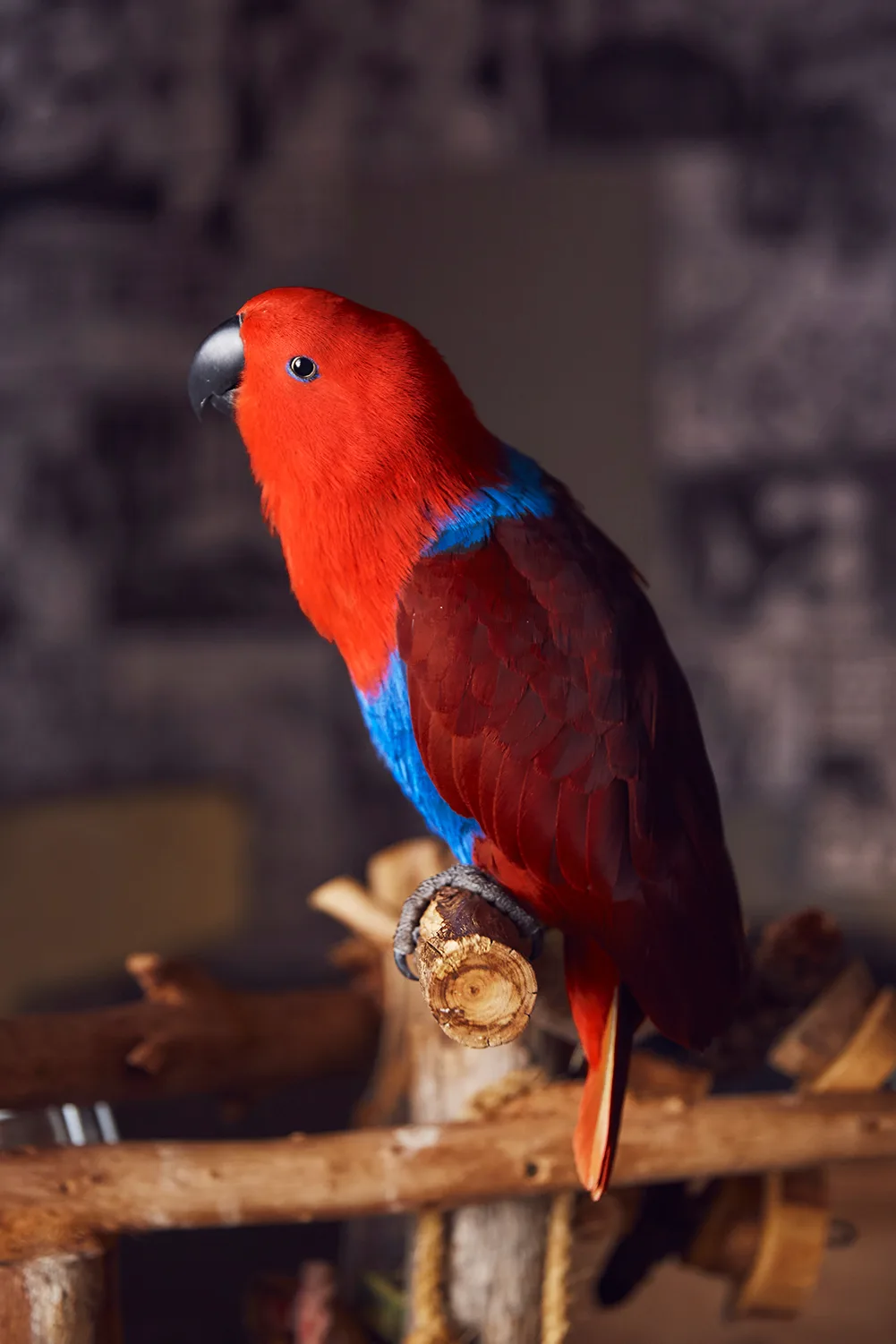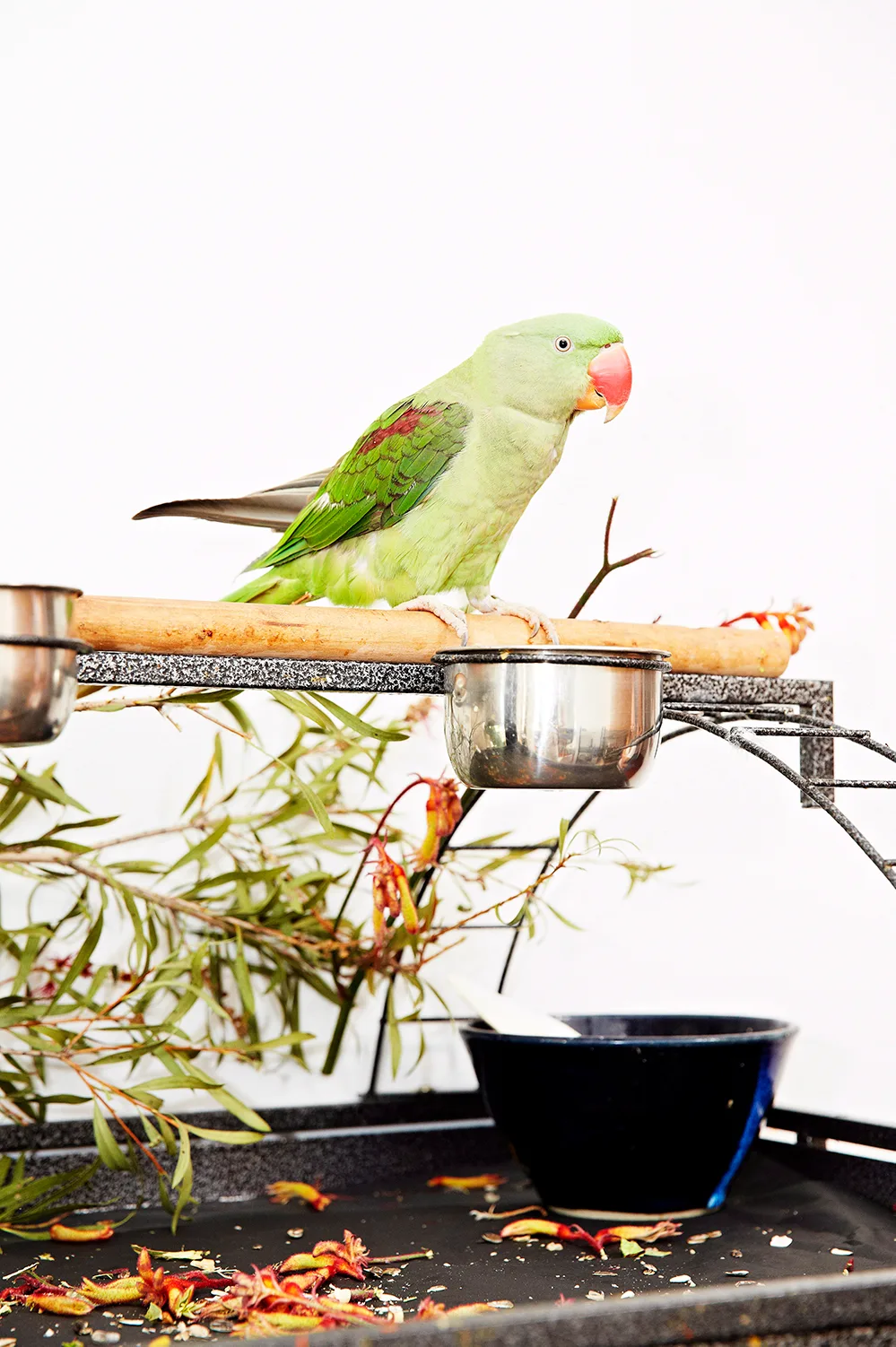All pets have different behaviours; some are adorable while others can be a nuisance.
WATCH: Dr Harry helps a biting lorikeet
Here are four common behaviours in pet birds and what they mean. Also, find out how you can stop the frustrating ones!

1. Screaming
This is a common problem among bird owners.
It is normal for your bird to sometimes make a little noise during the day but it can be a problem if the bird is overdoing it, or screaming too loudly.
Be cautious of this as it can signal depression and lack of mental stimulation. Take your bird to a local vet if the behaviour becomes a regular thing.
2. Biting
Another common and naughty behaviour is biting!
While screaming may be painful, bites take the cake.
Luckily, you can easily correct the issue by identifying what is causing them to do so. It could be afraid of something or could just be wanting to have some fun with you.
Once you know the reason, you can then begin to discourage it from doing so in the future.
3. Making a mess
If your pet bird likes causing havoc it can be a sign that your winged friend does not like it’s home, or is simply just bored.
Try moving your pet elsewhere or change their current cage. If that does not do the trick, try installing more interactive toys within its home or schedule some time during the day to do more activities with your pet.
4. Plucking their feathers
Speaking of mess, an unintentional messy problem is when birds continually pluck their feathers.
If your bird does this, be sure to consult with a vet as it can signal severe depression and is a possible sign of PBFD (Psittacine beak and feather disease).
Once the above is ruled out begin to assess its homing arrangements and food habits.
Start by changing things up and seek out healthy foods to help sustain a more happy and healthy bird.

We spoke to PETstock LIVE Manager Kylie Gilbert for some extra expert tips.
6. Crest position
Birds such as cockatiels and cockatoos have crest feathers, and how they raise or lower these can tell us as a lot about their emotional state. Raising them can be a sign of excitement, fearfulness or happiness dependent on the situation and the individual bird.
6. Flapping wings
Birds can sometimes be seen holding onto perches or branches flapping their wings, they do this for exercise and when they are happy. It is also known to be part of breeding behaviours.
7. Shivering
Birds may shiver and shake after having a bath, this is caused by their breast muscles involuntarily contracting to expand and create body heat. Some birds will also shiver when excited. Quaker parrots “quake” which is how they got their name.
8. Aggression
This is sometimes a normal behaviour for birds, sometimes it is a hormonal response in spring when they are trying to protect their cage, or it may be that they don’t like how they are being handled or acting out of jealousy. Whatever the case there is always a cause for this behaviour and once it can be determined you can work with the bird to handle the behaviour appropriately
You may also like
How to attract birds to your garden
Is it really okay to feed wild birds?









